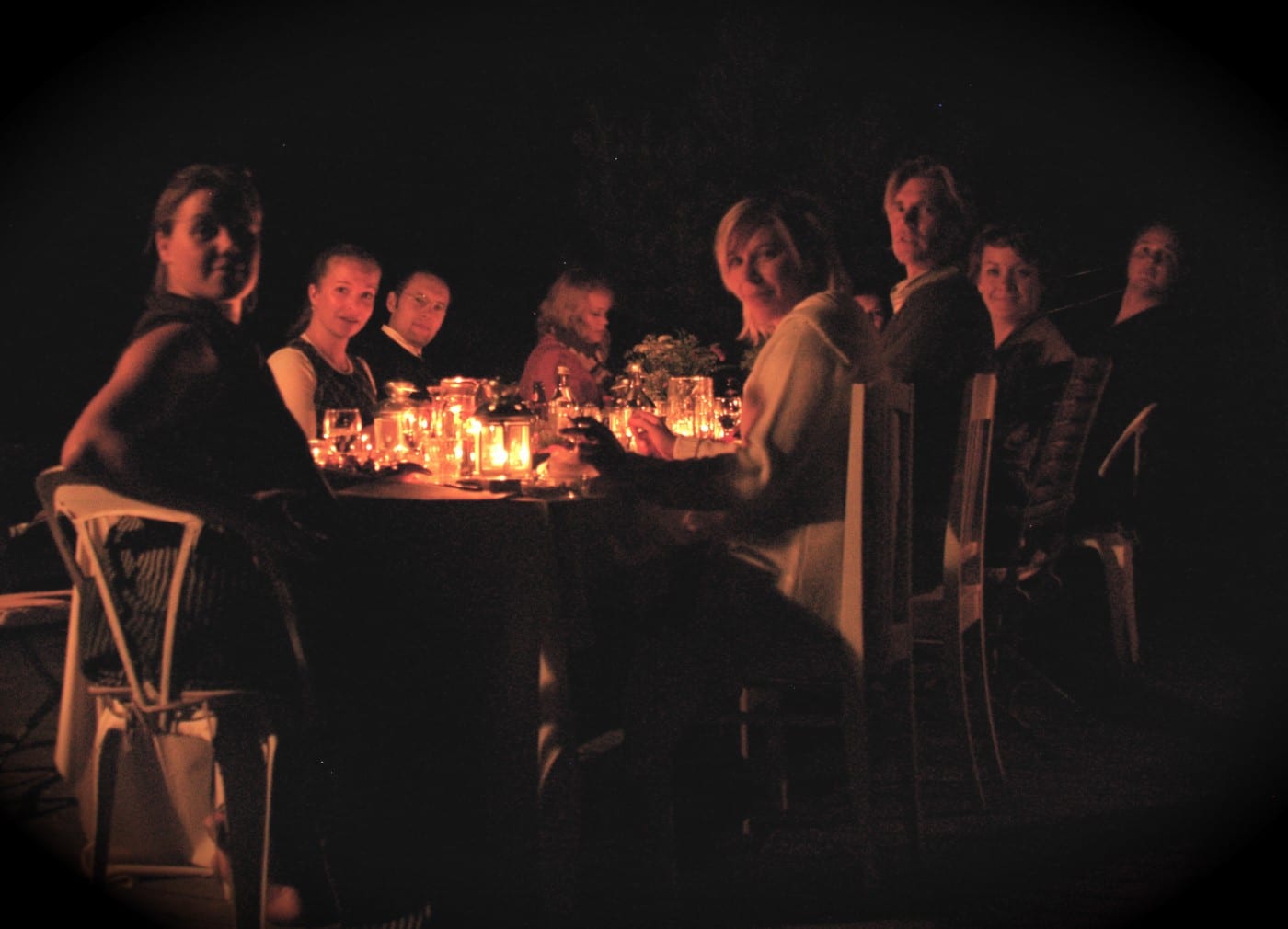It’s not Your Momma’s Cuisine!
Wild reindeer terrine with tart lingonberry jam. Earthy trumpet chanterelles in a wine reduction sauce over seasoned trout. Crispy buckwheat blinis with Russian pickles, honey and sour cream.
It’s enough to give any culinary enthusiast warm and fuzzy goose bumps. Yet that’s what makes dining in Finland such a delightful experience.
Simple yet sophisticated, anticipated yet surprising, locally grown, hunted and snared fare derived from Finland’s ecologically diverse terrain has played a prominent role in traditional Finnish dishes for decades. And it is just this diversity that has created a unique—yet definitively Finnish— gastronomic palate that in recent years has blossomed into a new Nordic cuisine extending well beyond the stereotypical pickled herring and baked sweet buns.
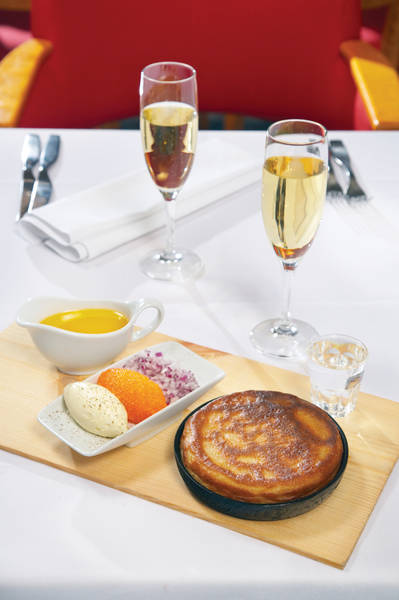
A Country of Contrasts
To fully appreciate Finland’s sweeping cuisine, one must acquire a good grasp of its topography: dramatic forest expanses, a diverse archipelago with thousands of islands, 188,000 lakes and a northern tier that lies above the Arctic Circle. To that add wet springs, warm summers and long, harsh, snowy winters. Yet despite, or because of, these climatic extremes Finland has cultivated a breadth of culinary prowess peppered with, not surprisingly, influences from its Swedish, Russian and Norwegian neighbors.
Each of the major cities—Helsinki, Turku, Espoo, Vantaa, Oulu and Tampere—possess their own regional specialties and focuses, from natural grains to salty sea fare, succulent fruits, hearty wild game, lush vegetables and savory dairy products. Despite a short growing season, you’ll find a plethora of these ingredients most of the year with an emphasis—whether in homes or in restaurants—on homegrown freshness, a generational cultural concept here long before the present day “farm-to-table” nomenclature in the states became common parlance.
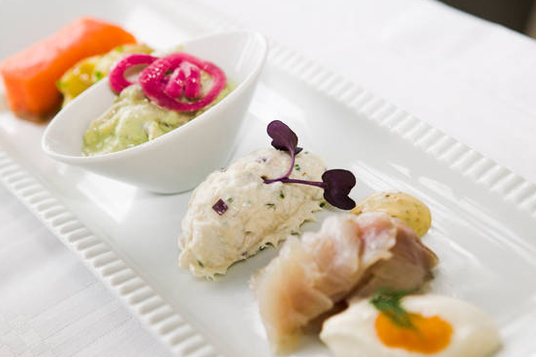
Ask any passionate chef, food critic, or seasoned traveler and they’ll tell you that a robust, farmer’s market culture is one of the hallmarks of a vibrant culinary landscape. And like the stellar outdoor markets found in Italy, France, Mexico, China and numerous other countries, Finnish markets—more than a dozen dotted across the country—are among the best of the best.
In Helsinki, Hakaniemi Marketplace–one of three in the city–offers a wealth of fresh, local Finnish foods encompassing the customary fresh fruits and vegetables, meats, breads and sweets to specialty cheeses, sauces and spices, cured meats, handmade chocolates, and exotic fish and seafood, just to name a few, and has been a mainstay here since 1889. Tampere is home to Tampereen Kauppahalli, serving the local community for over 100 years. Here you’ll find an unparalleled assortment of foods and products, in addition to an enviable selection of European delicacies and specialties in a unique, historic environment.
Nauttia! (Enjoy!)
But before you dig into a fabulous Finnish meal, it’s important to understand the distinction between the terms Kotiruoka and Perinneruoka. Kotiruoka refers to a homemade food, although you will also find these types of dishes in restaurants. A great example is Lohikeitto (salmon soup), a simple Finnish staple made with salmon filet, water, potatoes, onions, cream, salt, white and black pepper, shredded dill and butter. Perinneruoka is generally used for a regional, traditional or special (i.e. for Christmas or Easter) meals such as Mämmi, an Easter porridge consisting of rye flour, malt, ground pomerind (a Finnish spice), orange rind, water and salt, and served either dry or swimming in a bowl of milk and/or sugar.
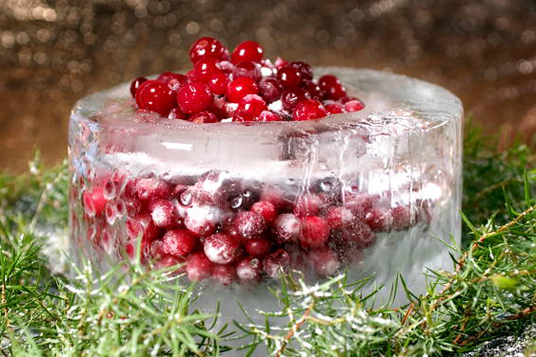
Dining in one’s home may offer an opportunity to venture outside of your gastronomic comfort zone with a dish like Veriohukaiset (blood pancakes), made from thick, crimson cow’s blood (found in grocery stores in the frozen food section), milk, barley flour, egg, dark syrup, salt, white pepper, marjoram and butter for frying. They are, for some, akin to the American childhood equivalent of grandma’s castor oil tonic—good for you but definitely an acquired taste! (By the way, blood brownies are served to all school children!)
Surf and Turf
It’s no surprise that because Finland graces the shores of the Baltic Sea, the Gulf of Finland, and the Gulf of Bothnia (and those 188,000 lakes) it is probably best known for its fish and seafood.
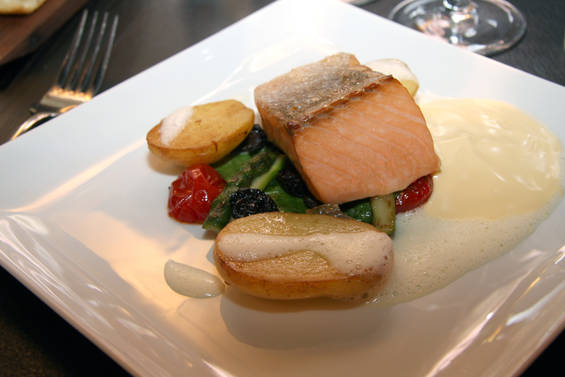
From your basic lobster, crab, scallops, crayfish and clams, to delectable dishes like Valkosipulisilakat, Baltic herring with a garlic, mayonnaise, sugar, tarragon, dill and parsley sauce; Uunihauki, oven-poached pike stuffed with a filling of rice, eggs, chives, dill, butter, salt and lemon pepper; and Kalamurekepihvit, pike, perch, cod fish patties prepared with cream, eggs, breadcrumbs, onion and dill, you can experience a “When Harry Met Sally-esque” orgasm of sea creature delights.
Fish roe dishes are very common – made with salty beads from rainbow trout, Baltic herring, whitefish, burbot (the only freshwater fish of the cod family) or salmon and fashioned into traditional offerings like Mäti, for example, with crème fraiche, onion, salt, white pepper and lemon juice.
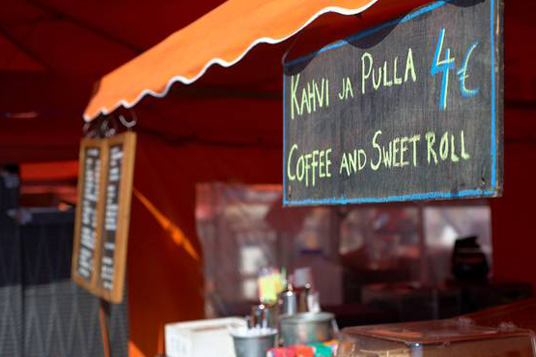
Robust meat dishes to satisfy any carnivorous proclivity are plentiful as well. Among them is Karjalanpaisti (Karelian Meat Stew), an influence from denizens of the Russian Republic of Karelia. This hearty, flavorful stew is chock full of meats—typically beef liver, brisket, beef top loin and/or pork loin—water and salt. Yet it’s the amalgamation with a few basic vegetables like carrots, onion, root vegetables and seasonings that bring it alive.
Other popular meat dishes include Hirvipaisti (roasted elk), Keitetty Kieli (boiled pork or cow tongue), Kaalikääryleet (cabbage rolls) and Maksapihvit, (beef liver steaks).
There’s a new Scandinavian in town…
So where do you go for a taste of this new Nordic cuisine? Like the markets, the countryside is peppered with palate-worthy restaurants in every price point with passionate and creative chefs, some celebrities in their own right, who infuse each dish with their own unique flavor (literally) and flair.
For example, Rocca in Turku serves Katkarapumureketta, pike, shrimp and meatloaf artfully plated with lush vegetables and white wine foam. In Helsinki, Ravintola Nokka, recognized as one of the top five restaurants in the city, creates dazzling culinary combinations such as Salla, braised reindeer entrecôte and roast silverside with cranberry sauce; Puulavesi Ja Pälkäne, a blini with vendace roe and sour cream from Finn cattle’s milk; and Siuntio, consommé of beef with Angus beef and caramelized onion in rye pastry.
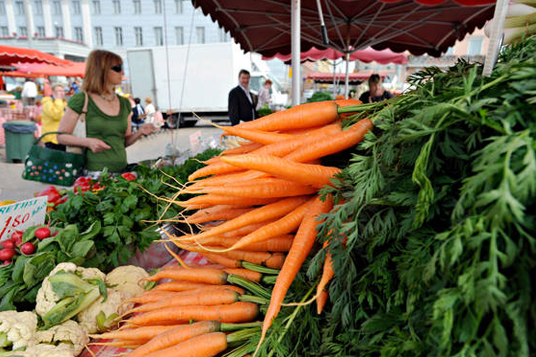
You’d also do well to give longer than a passing glance at the country’s entire restaurant panorama, encompassing everything from Chinese to Thai, French, Vegetarian, Mediterranean, Mexican and Japanese, among others. This bevy of superb international offerings is bathed with unmistakable and thoroughly scintillating Nordic flavor not to be missed. So go ahead and enjoy your sushi, dumplings, meatballs, enchiladas, curry, and latkes, each enhanced with a unique touch of Finland.
Eating Around Finland
Markets
Hakaniemi Marketplace – Helsinki
www.finlandinsider.com/finnish-food-attraction.html
Tampereen Kauppahalli – Tampere
Hämeenkatu 19/Hallituskatu 10 www.tampereenkauppahalli.fi
Restaurants
Ravintola Nokka – Helsinki
Kanavaranta 7F, 358 9 6128 5600, www.ravintolanokka.fi
Rocca – Turku
Linnankatu 3A, 020 755 9988, www.rocca.fi
Sagarmatha – a traditional Nepalese restaurant in Vantaa, who knew?
Peltolantie 2, 09 873 3109 www.sagarmatha.fi
Tango – at Levi, Finland’s #1 ski resort in Lapland
358(0)16 644 126, www.ravintolakatu.fi/en/restaurant-tango/introduction

